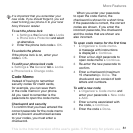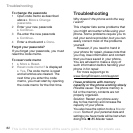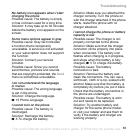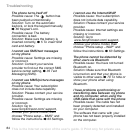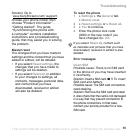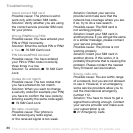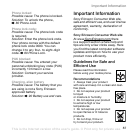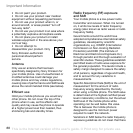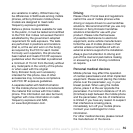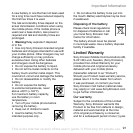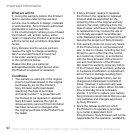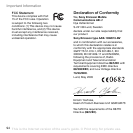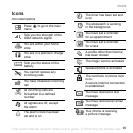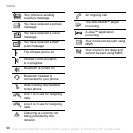This is the Internet version of the user's guide. © Print only for private use.
Important Information
89
are variations in safety. While there may
be differences in SAR levels among mobile
phones, all Sony Ericsson mobile phone
models are designed to meet radio
frequency exposure guidelines.
Before a phone model is available for sale
to the public, it must be tested and certified
to the FCC that it does not exceed the limit
established by the government-adopted
requirement for safe exposure. The tests
are performed in positions and locations
(that is, at the ear and worn on the body)
as required by the FCC for each model.
For body worn operation, this phone has
been tested and meets FCC RF exposure
guidelines when the handset is positioned
a minimum of 15 mm from the body without
any metal parts in the vicinity of the phone
or when used with the original
Sony Ericsson body worn accessory
intended for this phone. Use of other
accessories may not ensure compliance
with FCC RF exposure guidelines.
A separate leaflet with SAR information
for this mobile phone model is included with
the material that comes with this mobile
phone. This information can also be found,
together with more information on radio
frequency exposure and SAR,
on www.SonyEricsson.com.
Driving
Please check if local laws and regulations
restrict the use of mobile phones while
driving or require drivers to use handsfree
solutions. We recommend that you use only
Ericsson or Sony Ericsson handsfree
solutions intended for use with your
product. Please note that because
of possible interference to electronic
equipment, some vehicle manufacturers
forbid the use of mobile phones in their
vehicles unless a handsfree kit with an
external antenna supports the installation.
Always give full attention to driving and
pull off the road and park before making
or answering a call if driving conditions
so require.
Personal medical devices
Mobile phones may affect the operation
of cardiac pacemakers and other implanted
equipment. Please avoid placing the mobile
phone over the pacemaker, e.g. in your
breast pocket. When using the mobile
phone, place it at the ear opposite the
pacemaker. If a minimum distance of 15 cm
(6 inches) is kept between the mobile phone
and the pacemaker, the risk of interference
is limited. If you have any reason to suspect
that interference is taking place,
immediately turn off your mobile phone.
Contact your cardiologist for more
information.
For other medical devices, please consult
the manufacturer of the device.



